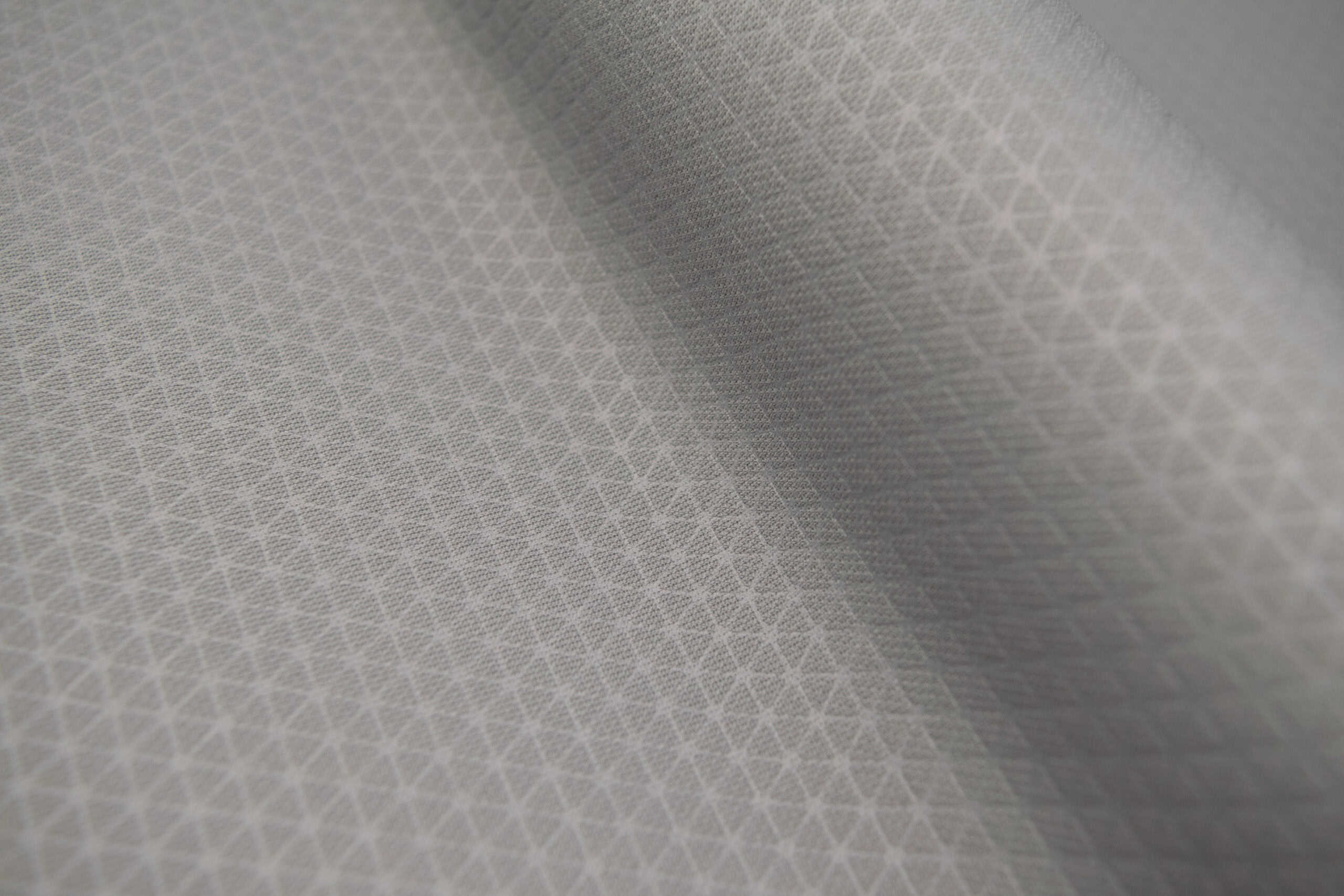While they all put a physical cover over your mouth and nose, there are many differences when it comes to face covers, masks, and respirators. Some offer almost no protection and others, like an N95 respirator, offer much higher protection.
Face Masks and Face Covers
Let’s start with face masks and face covers. Over the course of the pandemic, the term “face mask” has been adopted by the general public to mean any type of mask that one wears, from a simple cloth mask to a respirator. But each of these types of products has its own name.
Face masks include cloth masks that are commonly made of cotton or polyester cloth blends. They may be washed and reused many times. They may be pretty to wear, match your outfit, or promote your favorite team, but they are doing almost nothing to protect you or those around you, as they are not capable of any high level of particulate filtering. They really don’t provide a secure seal around your face, and smaller airborne particles can pass right through them. Because of that loose seal, larger airborne particles can also enter or exit around the edges of the mask. If you can smell food while wearing a cloth mask, odds are it has no protection properties.
Some of these cloth masks do come with a filter layer in the middle, but the design of a cloth mask prevents it from forming a good seal around your face. It will allow particulates to reach your nose and mouth, as well as allowing your breath to easily escape unfiltered to those around you.
A global standards organization called ASTM International, actually has voluntary standards defined for Barrier Face Covers, ASTM F3502−21. This includes a requirement, among others, to provide a snug fit around the face to reduce leakage. There are also measures to be met to be classified as a Level 1 or Level 2 Barrier Face Cover, > 20% filtration efficiency for a Level 1 and > 50 % for Level 2. In either case, that still lets a lot of particles through to your respiratory system, as well as you exhaling them.
The vast majority of face covers available to the public are not publicizing that they meet these ASTM standards, so buyer beware.
General Purpose Disposable Masks and Surgical Masks
The most common of the general-purpose disposable mask styles, a light blue or white flat fold mask similar to a medical procedure mask or surgical mask, is typically made with a polypropylene nonwoven fabric in multiple layers. If it is a true surgical mask, which has to meet certain (ASTM) standards, this style mask can offer better particle filtration than a face mask, and may also provide varying levels of fluid protection as well. However, the flat mask design suffers from the same lack of a good seal as a cloth face mask. The ear loops holding the mask to your face are just not strong enough to fit it tightly, and the flat design of the mask will not conform to your rounded face. The result is that there are several gaps around the edges of the mask allowing unfiltered air to flow in and out. This is not a sure form of protection.
If you are wearing a cloth face cover, general purpose mask, or surgical mask you are not getting the best protection.
What about KN95s, which are very popular these days? First of all, many people confuse a KN95 with a NIOSH-approved N95 respirator. They are not the same. A KN95 mask was developed by the Chinese for the Chinese market. It needs to meet filtration standards that are similar to a NIOSH-approved N95, but these are Chinese standards, not US. There is no US oversight of KN95 standards or manufacturing. Just know that a major US medical safety organization last found that 70% of the KN95 masks it tested were counterfeit.
Even if a KN95 is legitimate, and though it has a few things in its favor such as a higher level of filtration in the materials it is supposed to be made with, because it uses ear loops and a flat design it is not possible to get a good face seal with a KN95 for the same reasons as for the medical face mask.
In general, face covers, medical masks, and KN95s do not offer a tight seal between the mask and your skin. This can create gaps where unfiltered air can freely move in and out, leaving you exposed and vulnerable to contaminants.
Disposable respirators, like an N95, offer much better protection against airborne contaminants. Although many people refer to an N95 as a mask, it is technically defined as a “particulate filtering facepiece respirator,” or respirator, for short.
All products that call themselves N95s must be approved by the US government agency NIOSH. A respirator is defined by NIOSH as effectively filtering out at least 95% of airborne particulates. It’s called a respirator because it helps you to breath filtered air through the filtered mask itself as opposed to unfiltered air around the edges. Respirators have two tight straps that go over the back of your head and neck for a tight fit and seal, not ear loops.
The best-fitting N95s are the cup-style masks, as they are designed with the shape of the human face in mind. Flat-fold N95s compromise some of their fit for packaging convenience.
Because the N95 offers a tight fitting but comfortable seal on your face, you are less likely to have leakage like with the other masks. The good seal helps you pull air in or push air out through the N95 filter material (not around the edges), filtering out the particulates that you would otherwise be breathing in, thus protecting yourself from harm.
The most common type of respirator is an N95, which meets that 95% filtration level. In some situations where there are a lot of airborne particles, especially in very dusty work environments, effective filtration levels for special respirators can go as high as 99.97%. For everyday use, the N95 is an effective way to protect yourself and others around you from airborne particles that you may breathe in or out. Just make sure it is sized to fit your face with a tight seal.
As you now see, not every mask you can wear offers the same protection. Choose wisely based on your situation and particular need, as well as the environment you are in (indoors vs outdoors, crowded vs sparse, short duration vs long duration). The higher the risk you are exposing yourself and others to, the higher level of protection you should wear. To remove all doubt and get as close to a universal mask as you can, your choice should be an N95 (and not a KN95).
Check out our Protex™ N95 Particulate Respirator page here for more details on respiratory products




